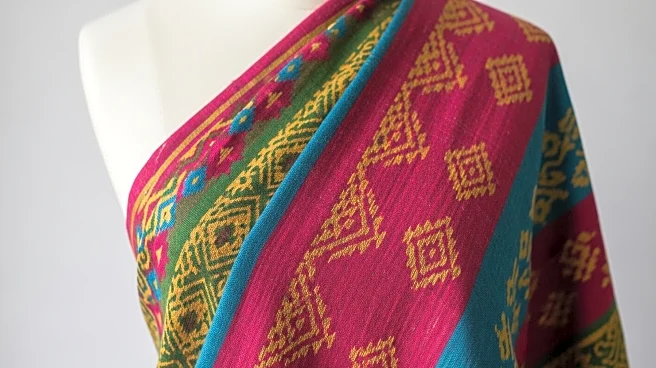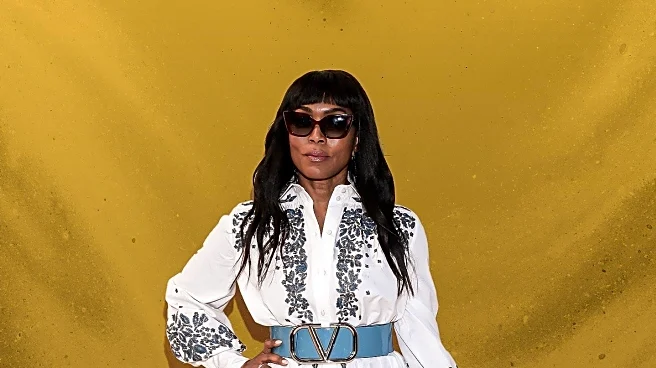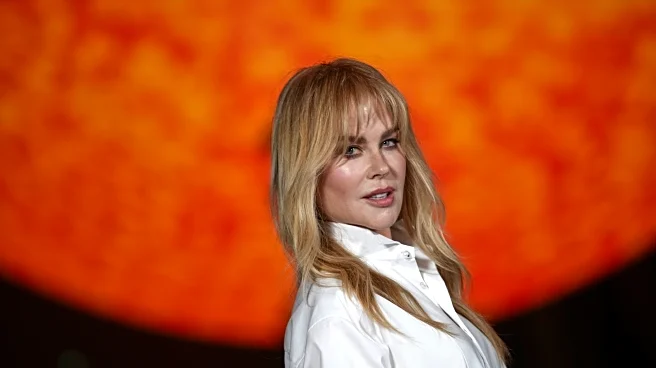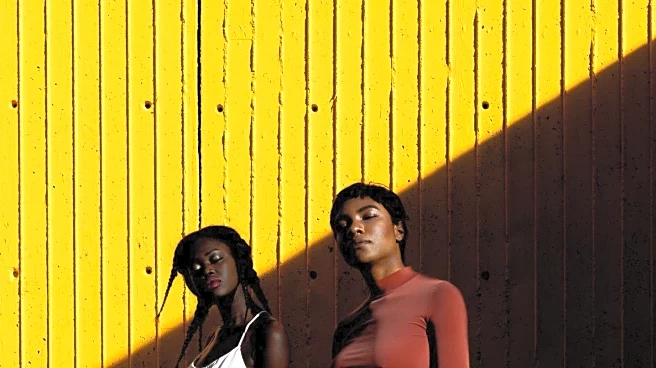What's Happening?
Emerging designers from diverse global backgrounds are reshaping the fashion industry by integrating their unique cultural heritage into their work. These designers, hailing from cities like New Delhi, Mexico City, and Nairobi, are challenging traditional fashion norms and addressing industry issues such as overproduction and carbon emissions. The Business of Fashion highlights these designers in its BoF 500 Class of 2025, showcasing their innovative approaches to sustainability and local craftsmanship. Designers like Conner Ives and CFCL are pioneering new methods to reduce waste, while others like Mmusomaxwell and Campillo are emphasizing local craftsmanship to recontextualize cultural codes for a global audience. Despite facing challenges such as economic volatility and the need to connect with buyers, these designers are building globally resonant businesses and offering a vision for the future of the fashion industry.
Why It's Important?
The emergence of these designers signifies a shift in the fashion industry towards more sustainable and culturally inclusive practices. By integrating local craftsmanship and sustainable methods, they are addressing critical issues such as waste and environmental impact. This movement not only challenges the traditional dominance of fashion capitals like Paris and New York but also promotes a more diverse and inclusive global fashion ecosystem. The focus on sustainability and cultural heritage offers potential benefits for local economies and artisans, while also appealing to a growing consumer base that values ethical and environmentally conscious fashion. As these designers gain recognition, they could influence larger industry players to adopt similar practices, potentially leading to significant changes in production methods and consumer behavior.
What's Next?
As these emerging designers continue to gain traction, they may face increased opportunities to expand their reach and influence within the global fashion industry. Potential next steps include collaborations with established brands, increased visibility through international fashion weeks, and the opening of flagship stores in major markets. Additionally, their success could inspire other designers to adopt sustainable practices and integrate cultural heritage into their work. Industry stakeholders, including buyers and retailers, may need to adapt to this evolving landscape by seeking out and supporting diverse voices and innovative approaches. The continued growth of these designers could lead to a more inclusive and sustainable fashion industry, with long-term benefits for both consumers and the environment.
Beyond the Headlines
The rise of these designers highlights broader cultural and ethical implications within the fashion industry. By prioritizing sustainability and cultural heritage, they challenge the industry's historical focus on fast fashion and mass production. This shift could lead to a reevaluation of consumer values, with increased demand for products that are ethically produced and culturally significant. Additionally, the success of these designers may encourage greater representation and diversity within the industry, providing opportunities for voices from underrepresented regions to influence global fashion trends. As the industry evolves, it may also face ethical considerations related to cultural appropriation and the need to respect and authentically represent diverse cultural identities.











